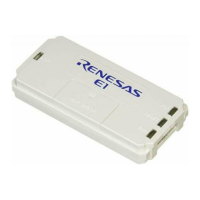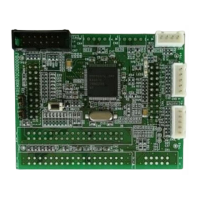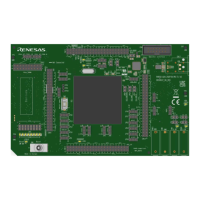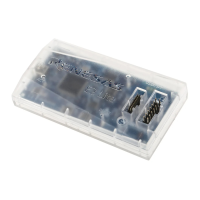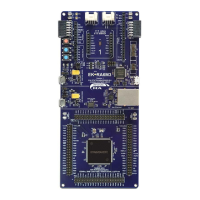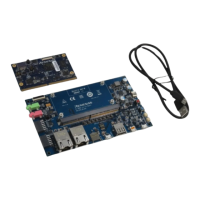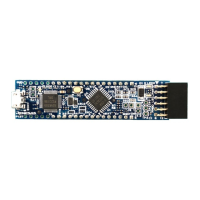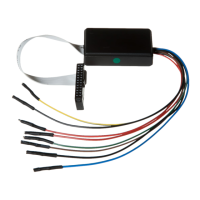193
8.1.8 Signals to Indicate Bus States and Areas
The following tables show examples of signals to indicate the bus states and areas that can be acquired by the
emulator.
Table 8.10 Bus State Signals Acquired by the Emulator
Bus State Trace Display (Status) Description
CPU Prefetch PROG CPU prefetch cycles
CPU Data DATA CPU data access cycles
Table 8.11 Area Signals Acquired by the Emulator
Area Trace Display (Area) Description
On-chip ROM ROM ROM
On-chip RAM RAM RAM
On-chip I/O 16bit I/O-16 16-bit I/O
On-chip I/O 8bit I/O-8 8-bit I/O
Note: The signals to indicate bus states and areas are used to set the [Bus/Area] condition of the event point.
They can also be acquired as the trace information. The bus state signals are also used to set the
condition not to acquire the trace ([Suppress] option) and in the Access Count Of Specified Range
Measurement mode for measuring the hardware performance ([Access Type] option).
8.1.9 Monitoring Function
This emulator incorporates the bus monitoring circuit as the standard, which thus allows a use of the monitoring
function to update the content of memory without affecting the realtime operation.
8.1.10 Trigger Points
This emulator incorporates the bus monitoring circuit as the standard, which thus allows a use of trigger points
that can be set on the [Trigger] sheet in the [Event] window.
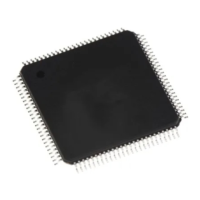
